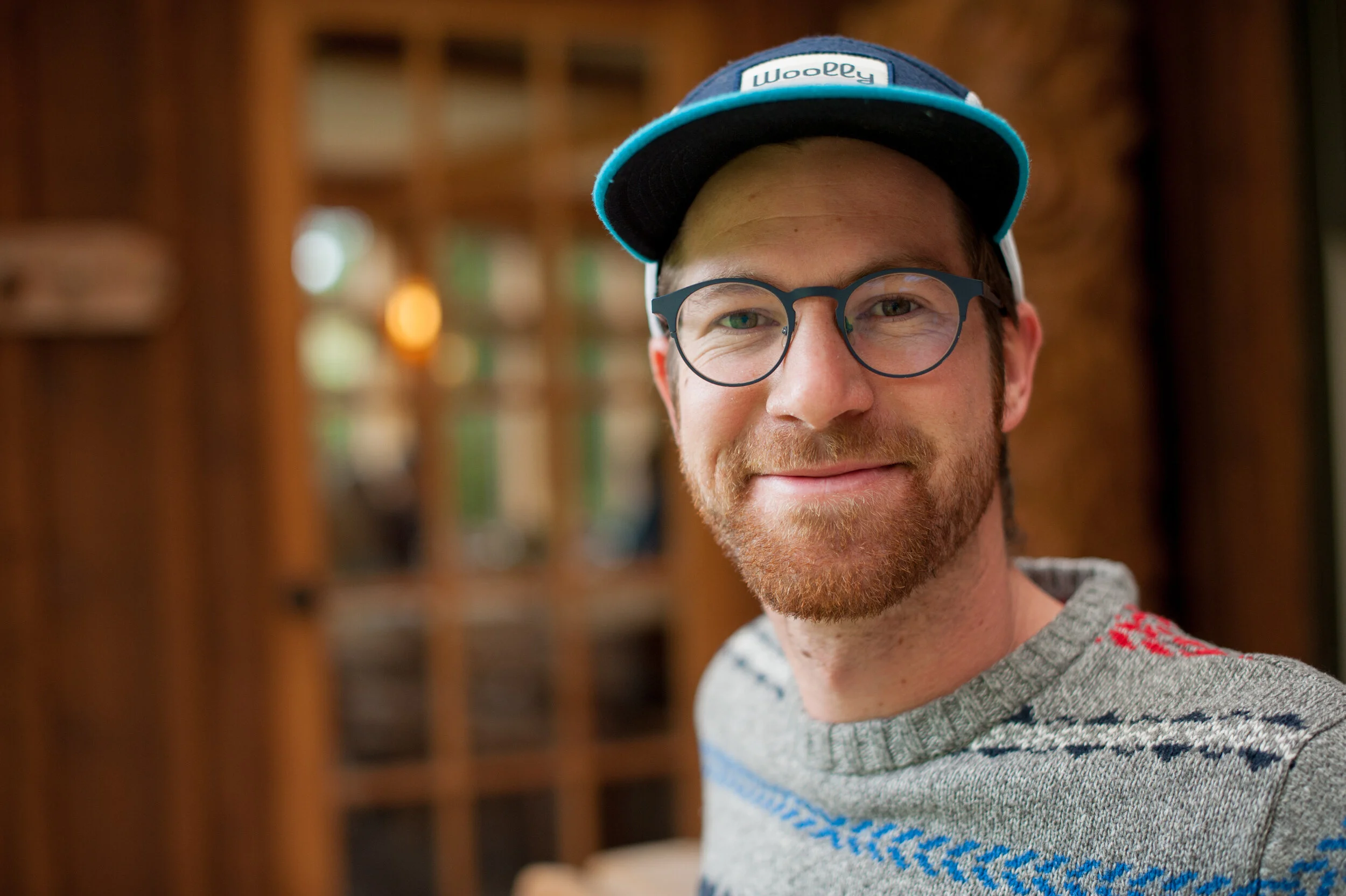Artists are different…but full membership in the church holds promise that both parties desperately need.
The modern image of the artist is embedded in today’s cultural lore. Whether it’s Hemmingway drinking and chain-smoking his way to the next great American novel or Picasso maintaining a mistress or two while exploring radical new styles of painting, this romantic ideal casts the artist as an eccentric genius. This cultural image suggests that the artist is a uniquely gifted individual who is not merely allowed to play by his own rules, destructive though they may be, but perhaps even required to do so in order for his genius to come to fruition in the world.
As with many stereotypes, there is a grain of truth here. Artists often do see the world differently than their neighbors and may need to adopt a markedly different lifestyle to accomplish their creative work. For the artist seeking to follow Jesus, however, the utter freedom of the eccentric genius has limits, because she is also bound by the responsibility to love one’s neighbor and participate in the body of Christ.
While full of inspiring poetry and instructive stories about the lives of the saints, Scripture offers no formula or black and white instruction for how to faithfully integrate artistic eccentricity with obedience to the greatest commandment. Ultimately, the Christian artist must find a way to live in this space with a dynamic, creative tension, leaning on the Holy Spirit’s intuitive wisdom and guidance, and looking to examples of those who have gone before.
As a believer, the artist stands paradoxically both apart from the church and within it. She stands apart from the church so as to see both the church and the world with her own particular, God-given vision. There is plenty of biblical freedom to live out this vision. Whether it’s a plethora of tattoos and piercings or a propensity to skip social engagements in favor of splattering paint on a canvas in an empty basement, artists may not look or act like the typical church member — and that’s okay. They may make the church uncomfortable sometimes, perhaps speaking with a prophetic voice to expose injustice and hypocrisy or withdrawing to a remote cabin for months at a time.
As part of the church, however, God invites the artist (along with every other Christian) to participate in the corporate life of his people with everything this entails — discipleship, bearing one another’s burdens, the sacraments, and so on. The artist is not exempt from these biblical mandates, nor should she want to be, because they are gifts of God given to us for our flourishing as humans. We all come to the table of the Lord because Christ is present and remains the source of life for all of us. As the Apostle Paul put it in Colossians: “in him all things hold together” — including the creative life of the artist.
We most clearly see the artist's responsibility to be an active part of the body of Christ in 1 Corinthians 12, where Paul explains that “Just as the body is one and has many members, and all the members of the body, though many, are one body, so it is with Christ.” He goes on to show how each member of the body is critical to its health and flourishing. The foot, for instance, cannot say that it isn’t part of the body because it isn’t a hand. They both play an essential role. Conversely, Paul says, every member of the body cannot function solely as an eye or an ear, because then it would lack all its other senses.
He concludes: “But God has so composed the body…that there may be no division in the body, but that the members may have the same care for one another. If one member suffers, all suffer together; if one member is honored, all rejoice together.”
In that last line we find that artists have a lot to give both the church and the world. They are so vital to the life of the church, in fact, that it’s hard to imagine the church experiencing suffering or rejoicing together without some degree of artistry involved. When any group of people, Christian or otherwise, experience great suffering or great joy, who do they look to in order to give expression to their experience? Artists, of course! History is replete with examples of this, from the flaming effigy of Burning Man to the old Negro spirituals, from the memoirs of Holocaust survivors to ancient pagan midsummer festivals, from Native American rain dance ceremonies to the Hebrew Psalms. When we are at our best or worst as humans, we turn to the arts. We create something.
When the church suffers, who will give voice to her suffering if not the artists in her midst? When the church rejoices, who will express her shouts of gratitude, colors of celebration, or exuberant dancing?
At their best, artists take us deeper into our own experience as image bearers, and thus take us deeper into our experience of the divine. The church needs artists who love their neighbors and who are integrated into the body of Christ, committed to sharing life together. Without the creative vision for life that artists bring, it’s hard to imagine Christians becoming anything other than better Bible memorizers, rule followers, and critics, rather than creators following their Creator.
This is cause for hope and encouragement for both artists and the church. As the Apostle John says in 1 John, God’s commandments are not burdensome, and they need not be burdensome to the artist’s creativity and capacity for self-expression. On the contrary, the church is rich with the creative drama that a gathering of dropouts, sinners, failures, and fools can give rise to. It’s raw. It’s messy. It’s life-on-life and heart-on-heart. By faithfully sharing life together with the body of Christ, artists just might find some fresh inspiration of their own.
Andrew Collins, a journalist and critic by education, works at a lumber yard by day and as a writer by night. His interests range from theological essaying and worship leading to surfing and disc golf. He lives in Seattle, WA.
Read More from the Centric Genius series
The modern romantic ideal of the artist is the eccentric genius; a loner, an outcast, different from everyone else. But no Christian exempted from the call to love his neighbor. This series explores the ingredients and avenues with which artist Christian can be a thriving part of the Body of Christ. View the whole series.










